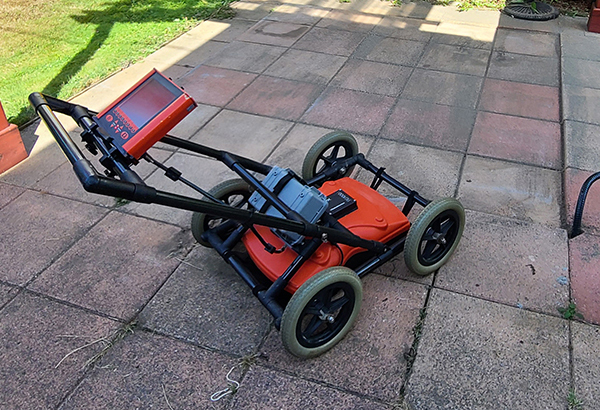 Fully Licensed and Insured
Fully Licensed and Insured Request an Oil Tank Scan
Request an Oil Tank Scan Request a Free Estimate
Request a Free Estimate

One of the greatest things about living in and around Vancouver is the historical charm that some residential areas still carry. Often, we find ourselves looking for ways to modernize antiquated homes or restore older detached homes to their former glory. Part of this process involves safety remediation for both the structure of the home and the subsurface on which it stands. Here’s how companies specializing in the use of ground-penetrating radar can help protect your older home and guide it into a safer, cleaner future.
Unfortunately, many homes in Metro Vancouver and the Lower Mainland are unwittingly sitting on abandoned or decommissioned oil tanks that could pose a threat to the safety of the home’s occupants and the ecosystem surrounding the home. As new technologies have replaced older forms of heating systems, we are often left with the infrastructures of these older systems especially if they were sunk into the ground. As more and more oil heating systems were taken out of service, people found themselves having to deal with the leftover oil tanks. While many were decommissioned (emptied, sealed, or backfilled to avoid collapse) there were no true regulations to guide this process and so it’s impossible to tell whether or not it was done properly and whether or not it poses a risk to the groundwater, soil, and air quality on your property. If you suspect your property has an abandoned oil tank underground, it must be located and removed. The best way to achieve this is by working with a company that is expertly trained in the use of ground-penetrating radar.
Unlike simple metal detection, GPR is a complex tool that integrates equipment and software to scan the subsurface of an area and report back data that can be interpreted to determine what lies beneath the surface. This process can give contractors an informed picture of what’s been buried, and how to safely excavate without wasting time, and money, and potentially causing costly damage by digging in the wrong places. Ground penetrating radar sends microwave radiation signals into the ground from a transmitter and then the receiver takes in the reciprocated signals, which compatible software will then interpret into working data for the contractors to use. Different materials bounce back signals at different speeds. The varying speed parameters help the contractors determine just what exactly is buried. Metal, water, PVC, concrete, dense rock, and even water all have different speeds at which they relay microwave radiation signals. By interpreting the scans conducted over an area, the contractor can then determine where your abandoned oil tank is located and where to dig.
If you suspect your home property lies on top of an abandoned oil tank, don’t hesitate to connect with an expert in ground penetrating radar and tank removal such as West Coast Tank Recovery. Restore and protect your home’s charm without risking a chemical disaster.